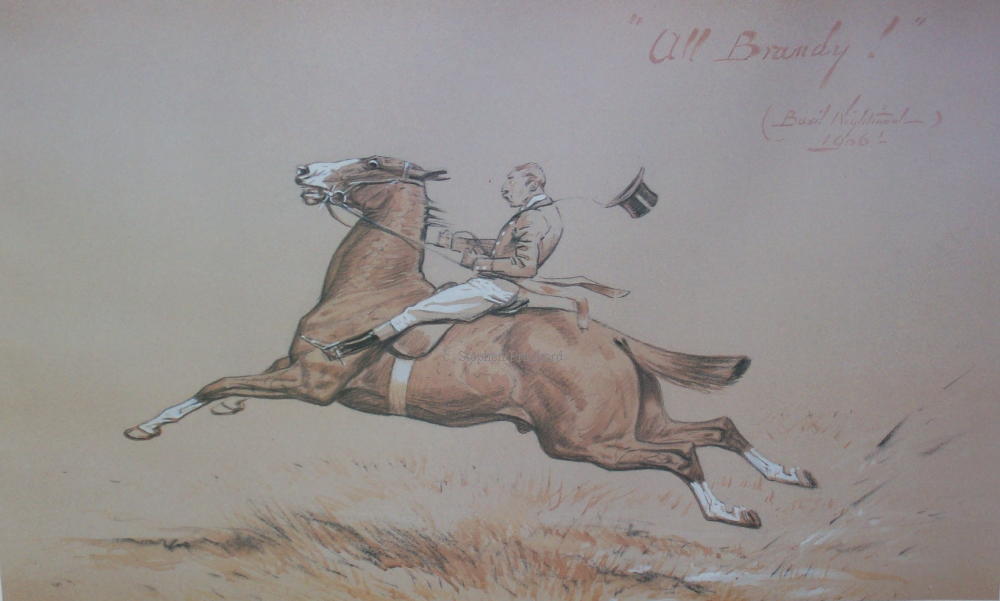

Basil Nightingale prints - All Brandy! and Mostly Water!
I wonder if there was a third image, with our friend in the drink, while his horse placidly grazes the stream’s bank....


Basil Nightingale prints - All Brandy! and Mostly Water!
I wonder if there was a third image, with our friend in the drink, while his horse placidly grazes the stream’s bank....
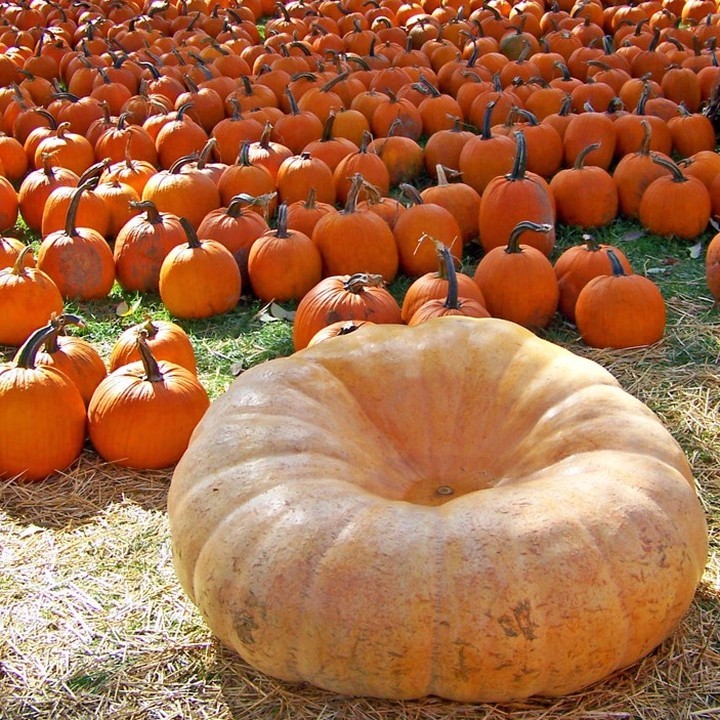
🎃‘Tis the season for pumpkins! What better way to kick off October than with facts about the beloved orange fruit? 🍁The flowering plants that bear pumpkins are native to the Americas and are part of the family that includes watermelon, cucumbers, and zucchini. As angiosperms, pumpkin plants rely heavily on insects like bees to help transfer pollen from male flowers to female flowers. Pumpkins come in all sizes and can grow quite large. In 2021, a farmer in Tuscany, Italy, showcased a 2,700-pound- (794.5-kilogram-) pumpkin—the heaviest one to date—at Italy's Lo Zuccone (the pumpkin) championship! Photo: David Wagner, CC0 1.0, PublicDomainPictures
I think it’s kinda cool that my ancestors survived plagues, famines and literal wars just so that I could sit in my room all day and stare at the screen until my head hurts
reminder to look up your local white supremacist and try out your curses on them 💅🏽
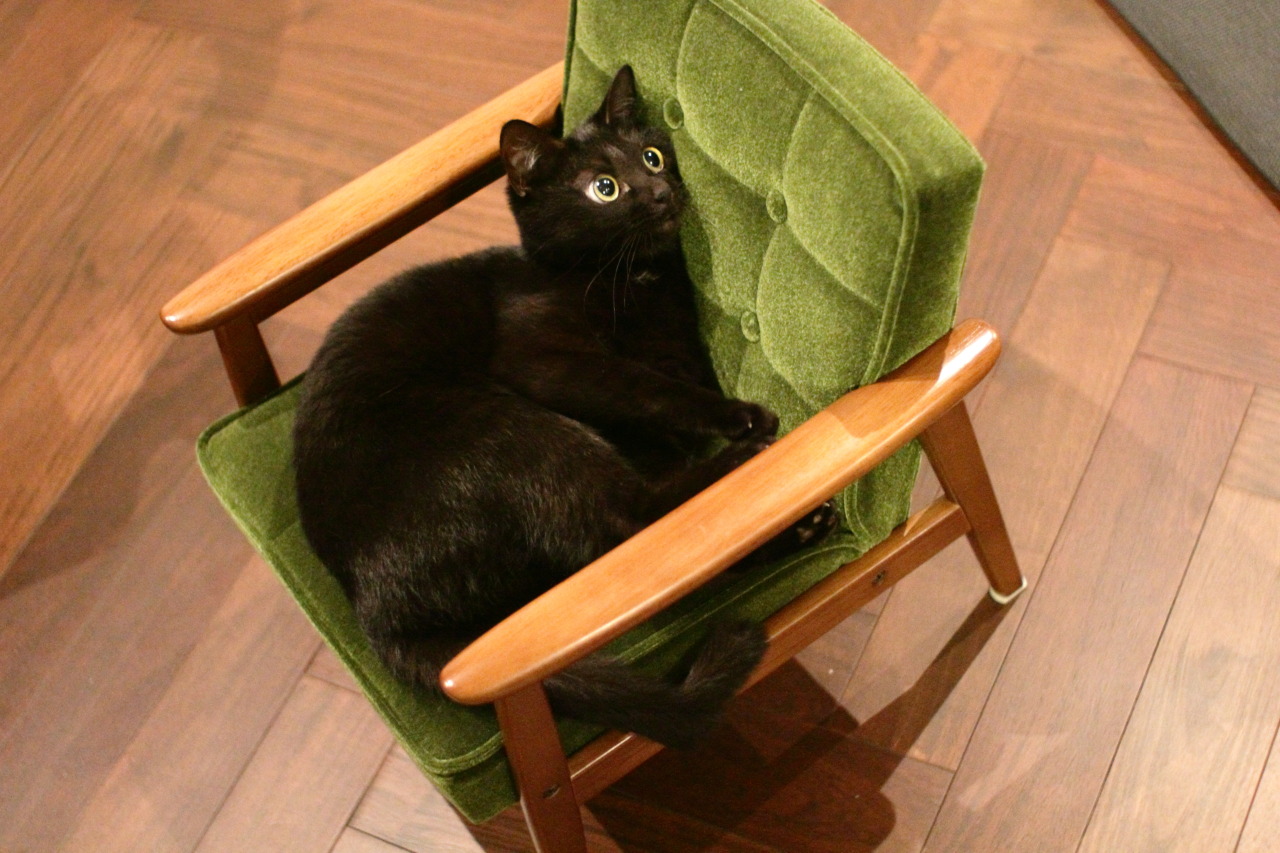
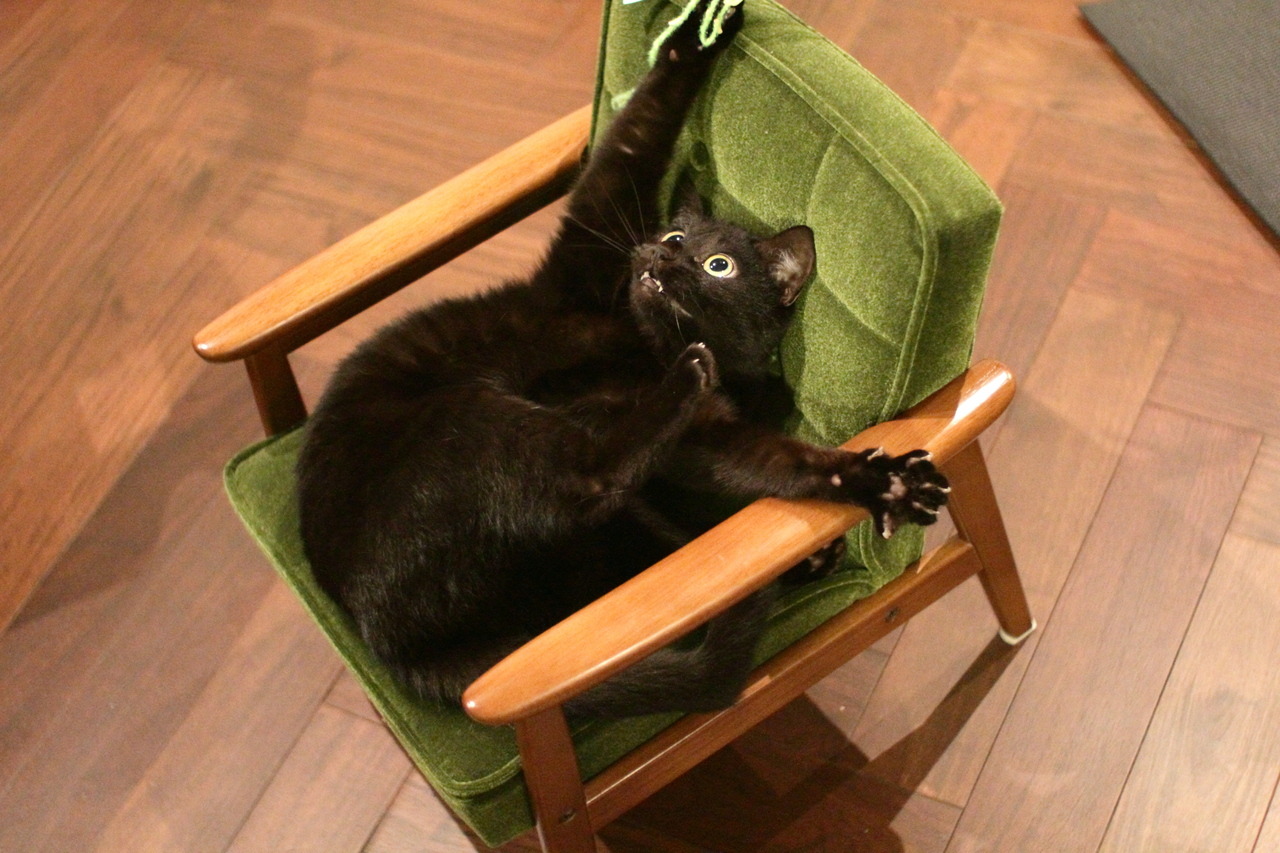
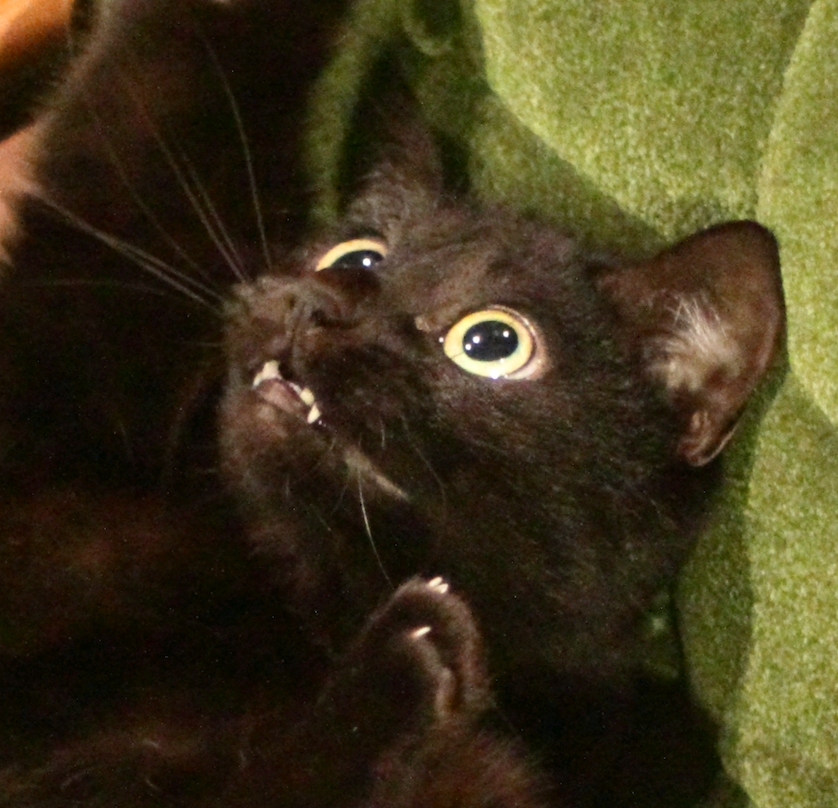
こども用ソファで猫じゃらししてたら、とんでもない瞬間が撮れてしまった。ポーズもすごいがアニメみたいな顔になってる…。
via Gogol translate:
When I was teasing the cat on the children's sofa, I was able to capture a ridiculous moment. The pose is amazing, but it looks like an anime...
god every time I think I’ve seen all the cat material the internet has to show something new and absolutely delighting appears
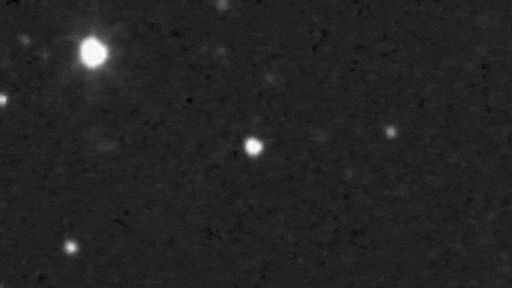
... This was the result of the 1,340-pound spacecraft‘s plunging into Dimorphos at 14,000 mph. Most of the debris is probably asteroid dust, but some of DART may be in there, too. A similar video was recorded by the 1-meter Lesedi telescope in South Africa.
Mission scientsts say DART hit the asteroid less than 17 meters off center. Think about that: 17 meters off at a distance of 11 million kilometers. NASA still has the right stuff.
Now that the dust has cleared, astronomers are monitoring Dimorphos's orbit to find out whether or not it has changed in response to the strike. Even a slight shift would prove that human tech can alter an asteroid's trajectory--a possible strategy for future Planetary Defense.
more images: from Gianluca Masi using the Klein Karoo Observatory in South Africa; from Ernesto Guido using a remotely controlled 0.61-meter telescope in Chile.

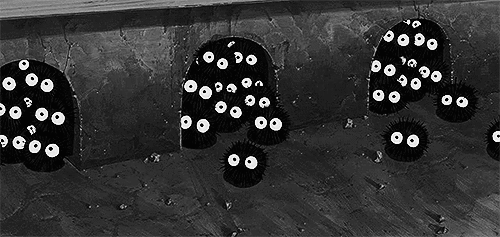
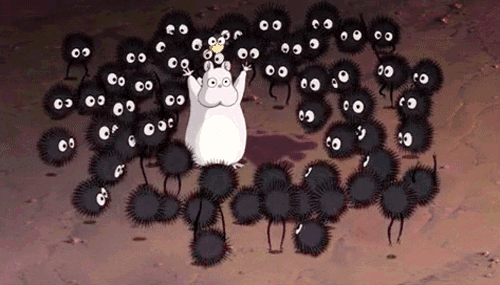
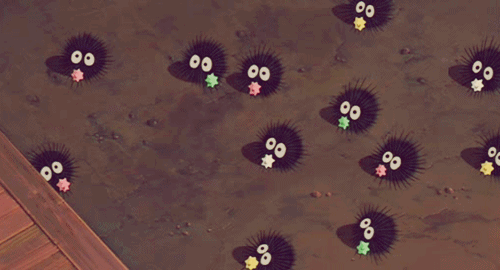
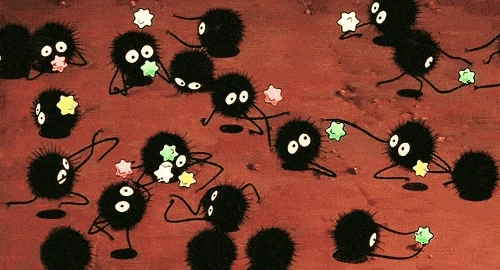
Soot Sprites series